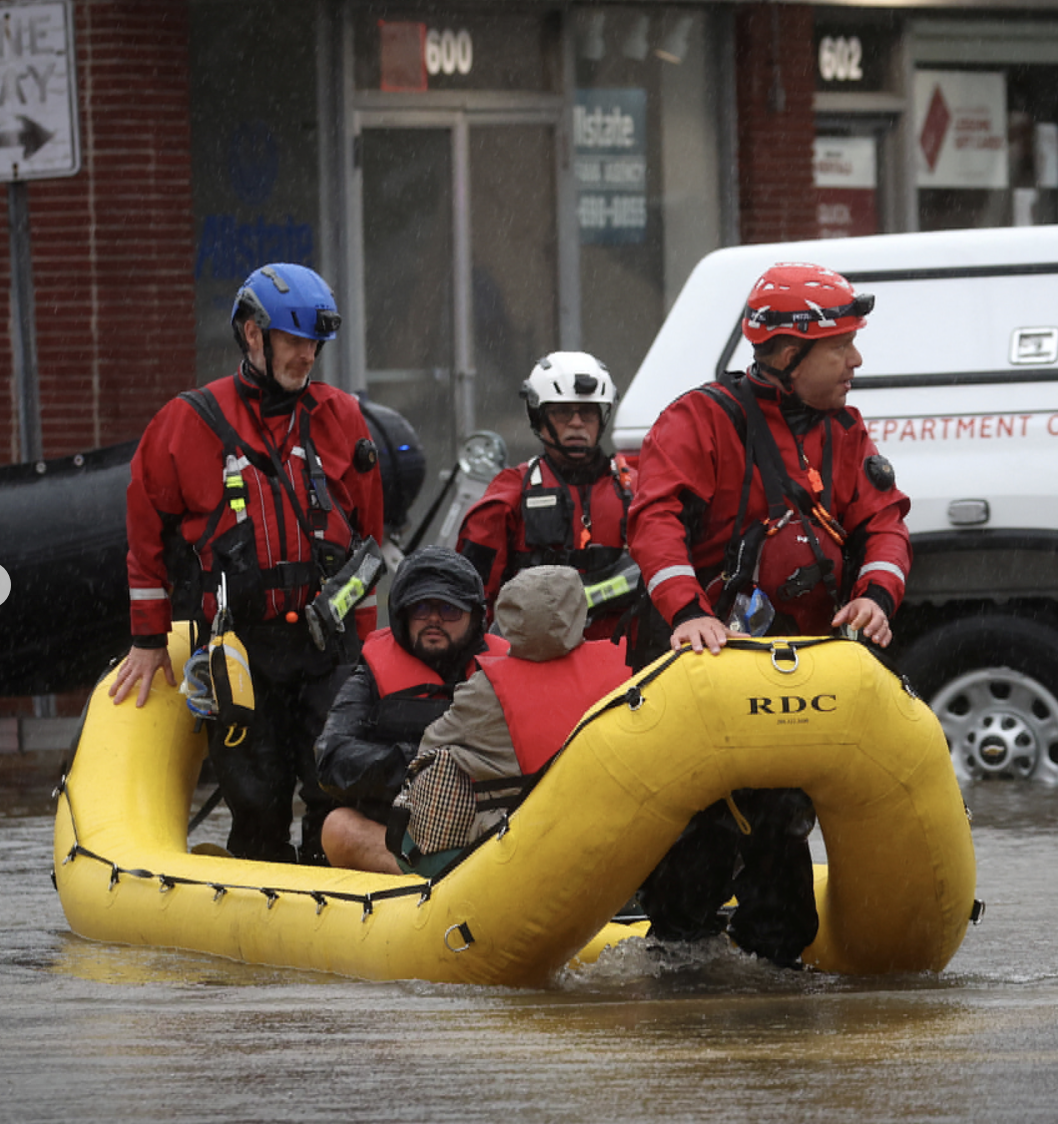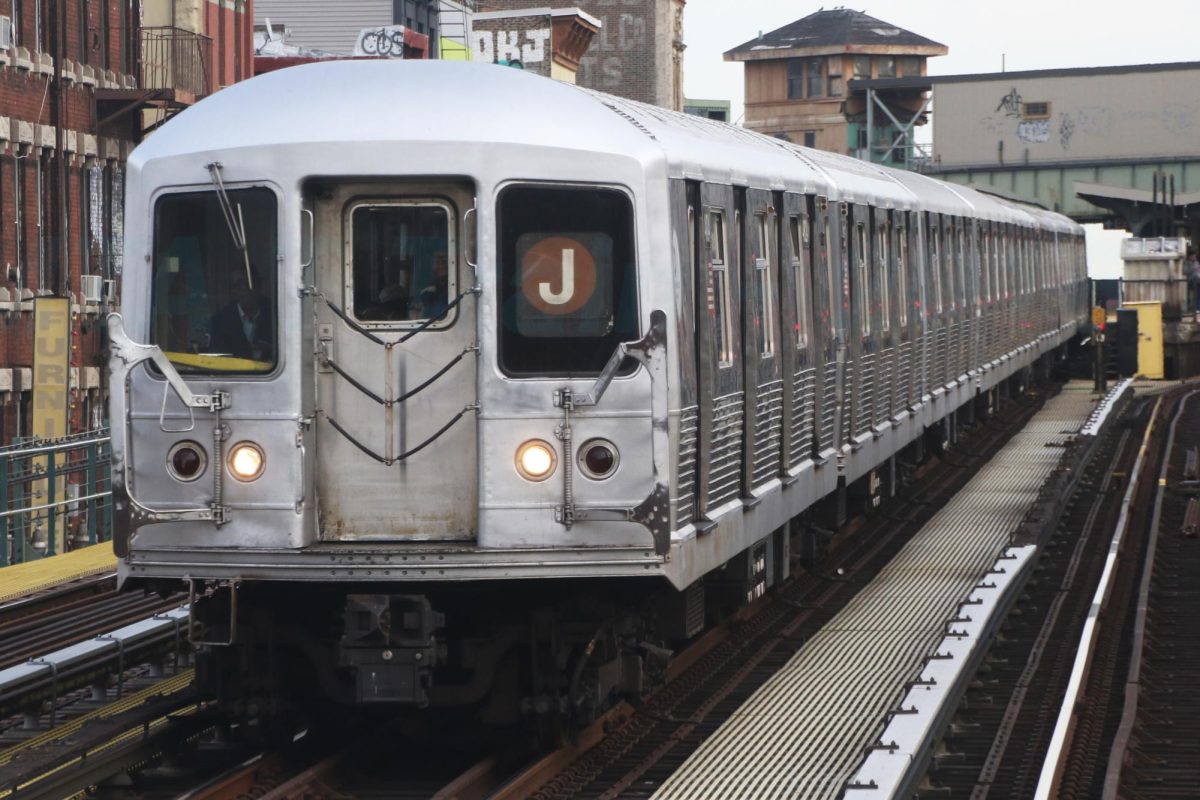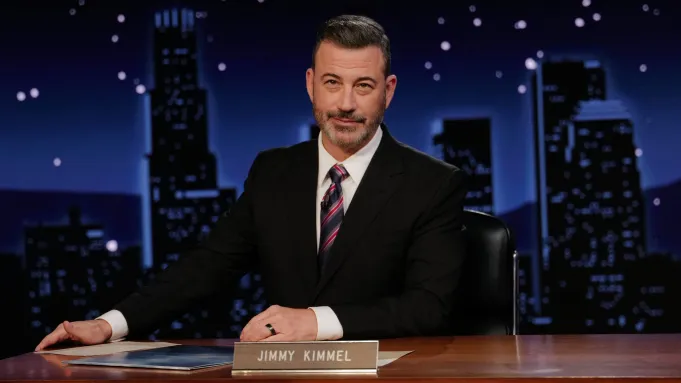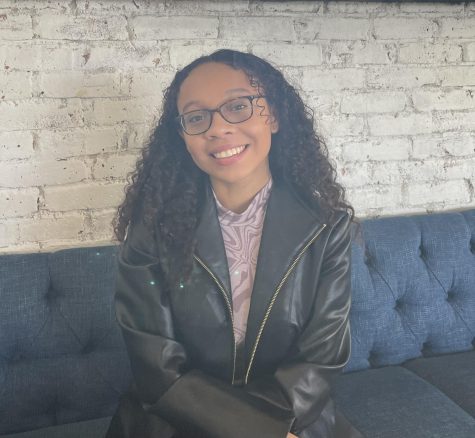Friday, Sept. 29, New York State Gov. Kathy Hochul declared a state of emergency after torrential downpours caused flash flooding in many parts of New York City. The flooding caused many transit lines, such as the NYC Subway, to be suspended or severely delayed. Boroughs such as Brooklyn experienced flooding up to over 3 feet of water, and because storm drains could not keep up with the rain, a lot of damage to homes, basement apartments, restaurants and vehicles resulted. Despite the state of emergency and flash flooding, many schools, including the University and workplaces, were kept open. Many questioned Mayor Eric Adams decision to keep NYC public schools open.
The National Weather Service of New York issued a flash flood warning at 1:44 a.m. for those in Brooklyn, Queens and Long Island five hours before the rain began in the city. In just a few hours, three to six inches of rain fell through all the boroughs, with JFK Airport setting a record with eight inches of rainfall. Ten subway lines were partially or fully suspended due to many stops experiencing flooding. 44 out of 3,500 MTA buses were stranded in flooded areas, causing mass disruption in the bus system. A viral video shows a B57 bus in Brooklyn wading through the storm as flood water fills the bus floor. Like most colleges in the city, the University continued classes despite the lack of transportation for commuter students. In response to this, University student Aminah Lackey stated, “Pace should’ve canceled school. The trains were a wreck and there were tons of delays!”
Mayor Adams did not make a statement about the storm until 11 hours after the National Weather Service’s initial warning. In response to those questioning his leadership abilities, Adams defended his decision, stating that other leaders and officials sent statements regarding the storm.“The leadership is not only the mayor, it is all of those who are placed in those positions; that’s what you saw.”
In a press conference during the storm, Mayor Eric Adams and School Chancellor David Brooks announced that all schools would enter a shelter-in-place. However, the shelter-in-place response was not directly communicated to the principals of these schools, causing mass confusion on what procedures each school had to follow. According to Chalkbeat New York, many administrators did not find out about the mandate until it was lifted at 1:56 p.m. Parents, not knowing about the shelter-in-place mandate, showed up to pick up their children early and were left waiting outside.
In response to keeping schools open, Mayor Adams defended his decision by saying, “we should be clear that we have only a certain number of school days that we can utilize, and we must make sure we meet that. And, as you see, the decision was the right decision as we do not have any issues, dangerous issues at our schools.” However, 150 out of 3,400 public schools experienced water damage, ranging from flooded basements to evacuations. For example, Public School 132 had to be evacuated due to smoking caused by rain damage to the boiler system. Many parents had to scramble to pick up their kids during these conditions despite the lack of public transportation.
Regarding parents’ concerns and complaints about schools being kept open, School Chancellor David Banks said, “Our kids need to be in school. This is where they also get their healthy meals, as well. This is what allows parents to be able to continue their day and get to work and do all the other things that need to happen. Whenever we make a decision as to close schools, it is a major, major disruption. And so, it is really only used really as a last resort.” However, on Tuesday, Oct. 3, Chancellor Brooks doubled down and said that he and his department would review and reflect on the decisions made on Sept. 29.
After much miscommunication between the administration and the public, many New Yorkers have asked for a change in what they call a “delayed response” from the city. Mayor Adams has since said those unprepared for the storm were “living under a rock,” defending his administration’s response to the criticism. The pushback continues as New Yorkers realize that drastic climate disasters like this are part of the city’s new normal.








